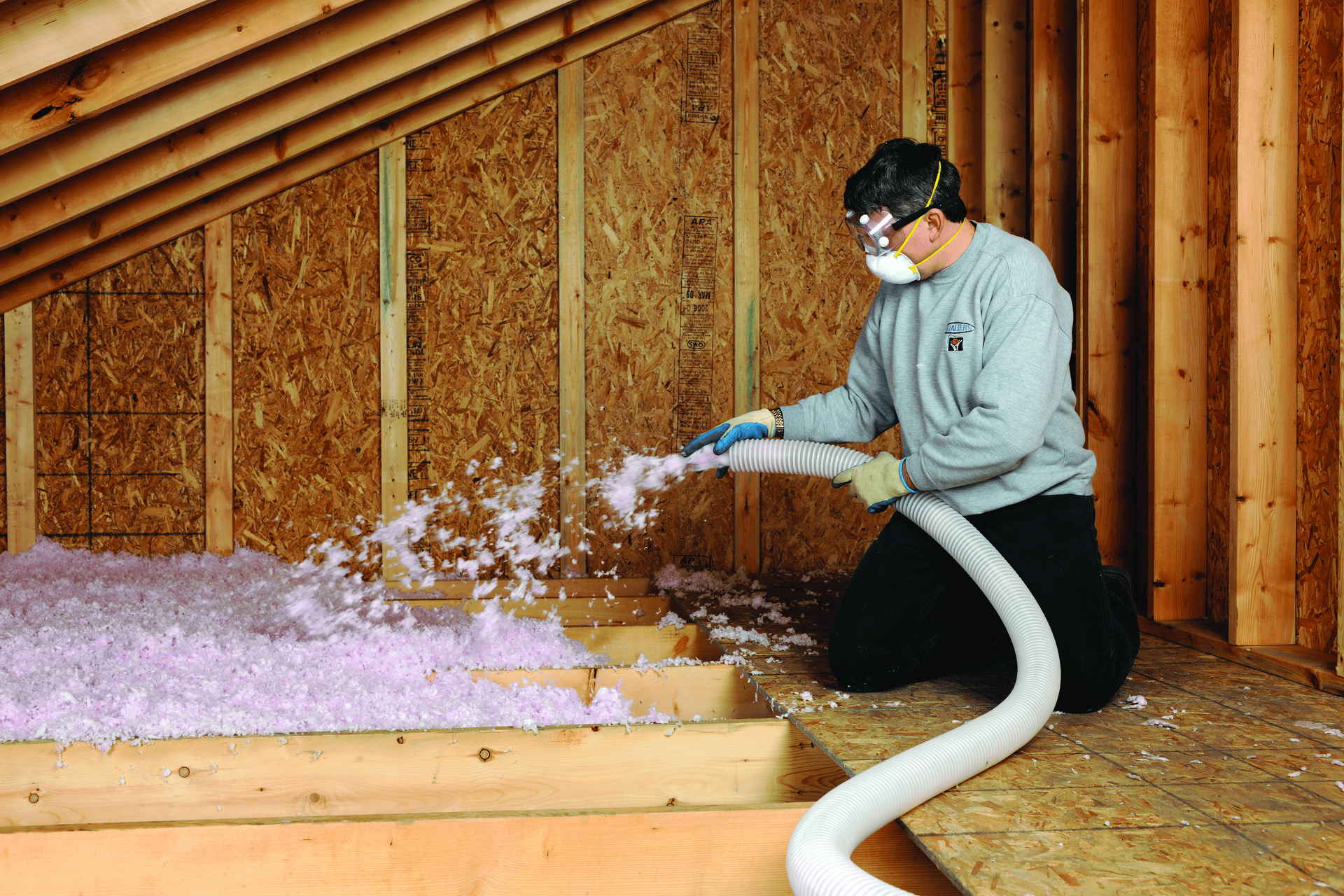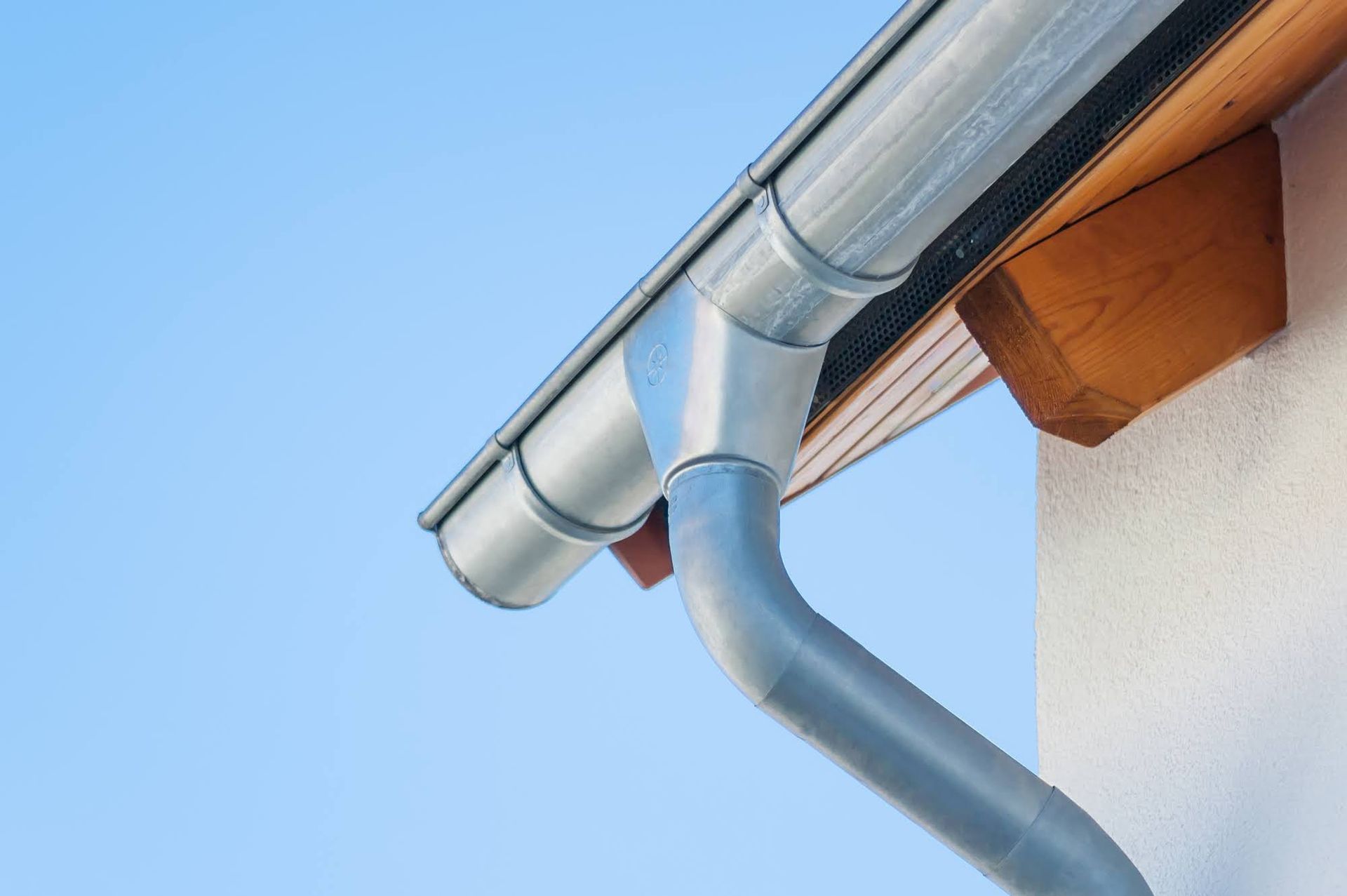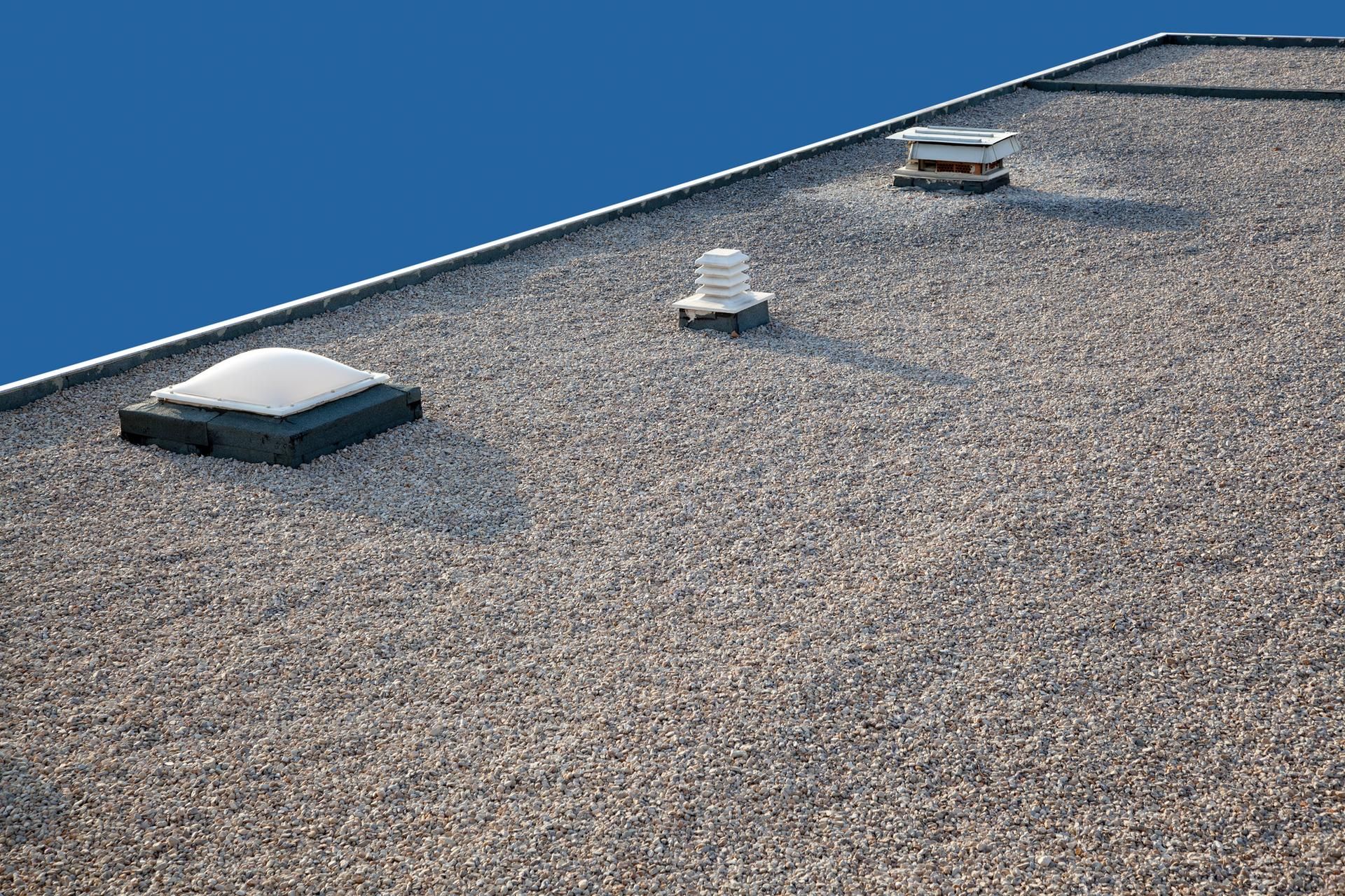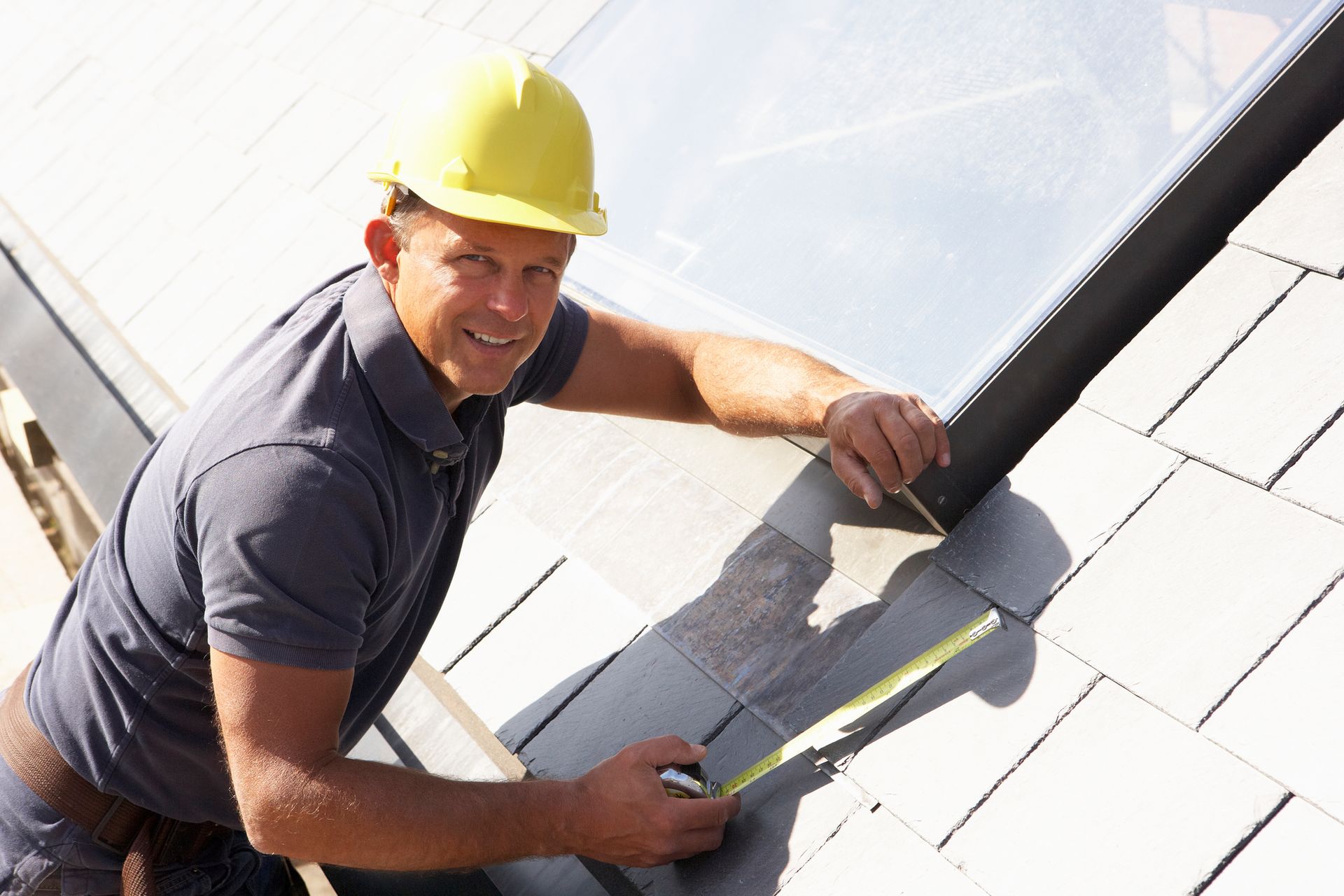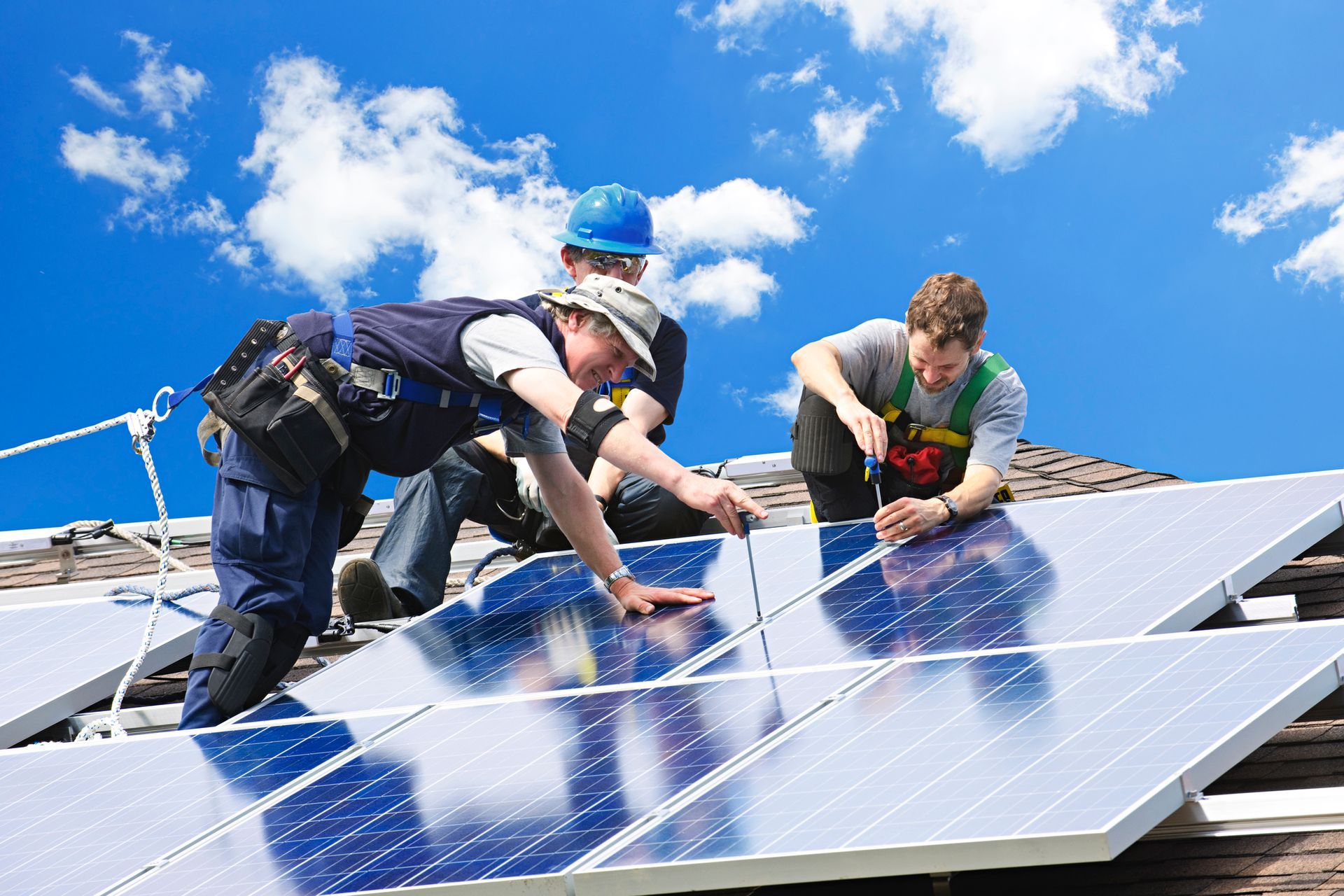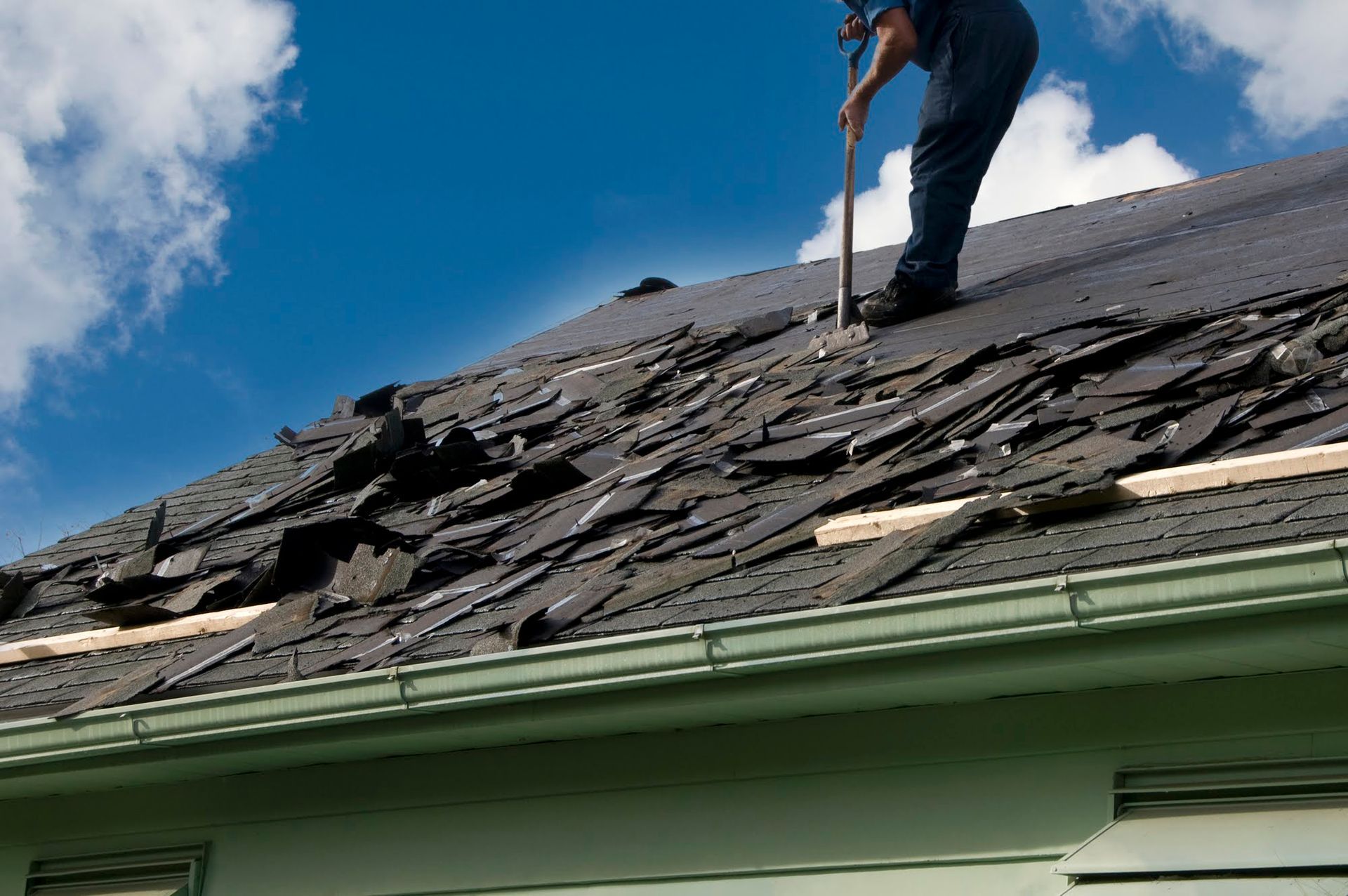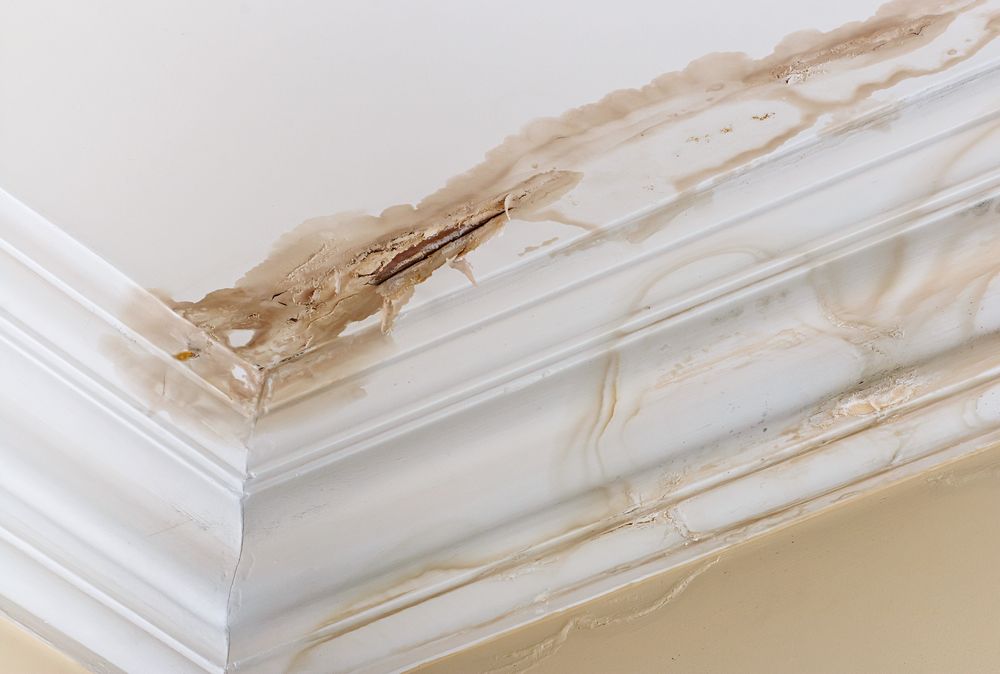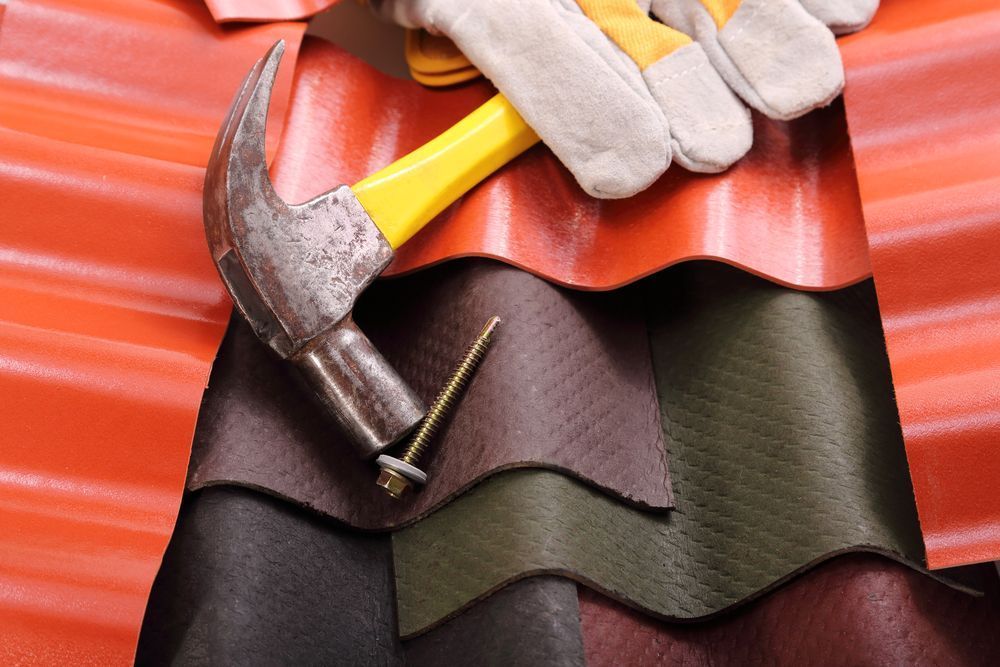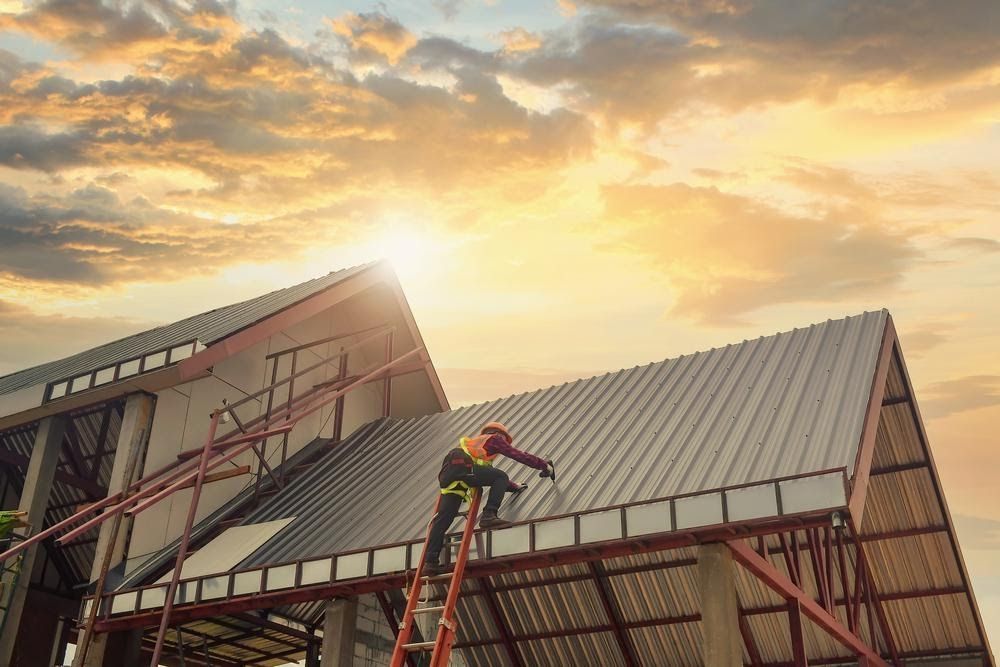Blog Layout
Ways to Retrofit Roofs in California for Earthquake Resistance
June 20, 2023
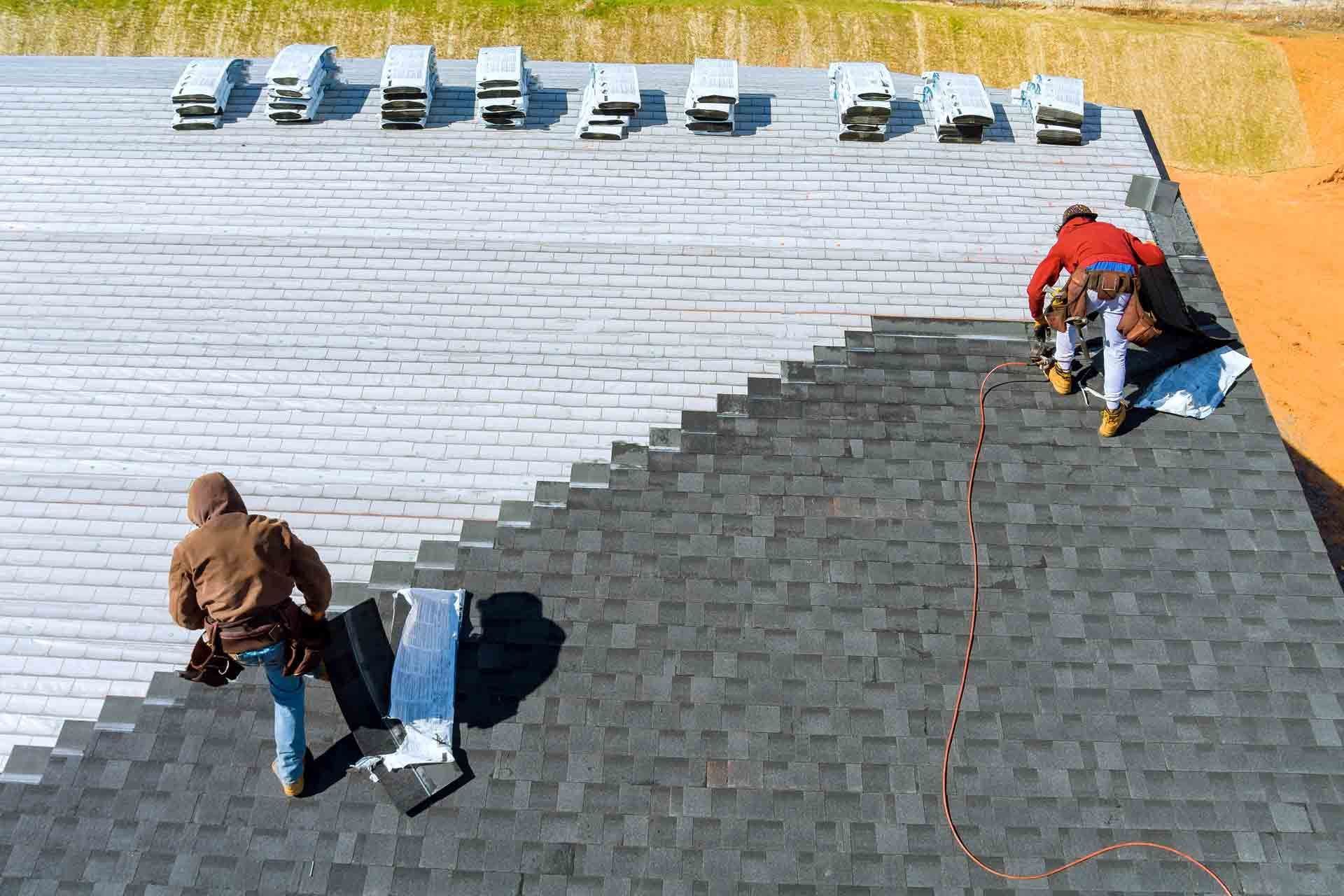
Living in earthquake-prone regions like California means taking proactive measures to protect buildings, including retrofitting roofs to enhance their structural integrity and minimize damage during seismic events. Retrofitting roofs for earthquake resistance is crucial to ensure the safety of occupants and reduce repair costs. In this blog post, we will explore the importance of retrofitting roofs in California and discuss key considerations and strategies for achieving earthquake resistance.
1. Understanding Seismic Hazards in California: California is susceptible to earthquakes due to its location along several active fault lines. Roofers need to understand the specific seismic hazards in the region where they operate. Factors such as the proximity to faults, soil conditions, and historical earthquake data play a crucial role in determining the necessary retrofitting measures.
2. Roof Inspection and Evaluation: Before retrofitting, it's essential to conduct a thorough inspection of the roof to assess its current condition and vulnerabilities. Roofers should look for signs of damage, weak connections, inadequate fasteners, or aging materials that may compromise the roof's ability to withstand seismic forces.
3. Strengthening Roof Connections: One critical aspect of retrofitting roofs for earthquake resistance is strengthening the connections between the roof structure and the building's walls. This can be achieved through various methods, including:
a. Adding Metal Connectors: Installing metal connectors, such as hurricane straps or clips, can enhance the roof-to-wall connections. These connectors help distribute seismic forces and minimize the risk of the roof detaching from the building.
b. Reinforcing Trusses and Rafters: Strengthening the roof's framing system by adding additional bracing or reinforcing existing trusses and rafters can significantly improve its ability to withstand lateral movement during earthquakes.
5. Anchoring Roofing Materials: During an earthquake, roofing materials can become dislodged, leading to potential hazards and further damage. Roofers should ensure proper anchoring of roofing materials, such as tiles, shingles, or metal panels, to prevent them from sliding or falling off during seismic events. Using appropriate fasteners, adhesives, or clips can help secure these materials in place.
6. Flexible Roofing Systems: Consider using roofing materials and systems that offer flexibility and can withstand seismic movement. For example, certain types of metal roofing, synthetic membranes, or elastomeric coatings can better adapt to the structural shifting caused by earthquakes, reducing the risk of damage.
7. Collaboration with Structural Engineers: When retrofitting roofs for earthquake resistance, it is advisable to collaborate with structural engineers who specialize in seismic retrofitting. They can provide valuable insights, perform structural analyses, and recommend specific retrofitting techniques based on the unique characteristics of the building and its location.
Retrofitting roofs for earthquake resistance in California is crucial for ensuring the safety and stability of buildings during seismic events. By conducting thorough inspections, strengthening roof connections, anchoring roofing materials, and considering flexible roofing systems, roofers can significantly enhance the structural integrity of roofs. Collaboration with structural engineers and adherence to local building codes and regulations are essential for successful retrofitting projects. Investing in proactive seismic retrofitting measures ultimately contributes to the resilience of California's buildings and the safety of its residents.
1. Understanding Seismic Hazards in California: California is susceptible to earthquakes due to its location along several active fault lines. Roofers need to understand the specific seismic hazards in the region where they operate. Factors such as the proximity to faults, soil conditions, and historical earthquake data play a crucial role in determining the necessary retrofitting measures.
2. Roof Inspection and Evaluation: Before retrofitting, it's essential to conduct a thorough inspection of the roof to assess its current condition and vulnerabilities. Roofers should look for signs of damage, weak connections, inadequate fasteners, or aging materials that may compromise the roof's ability to withstand seismic forces.
3. Strengthening Roof Connections: One critical aspect of retrofitting roofs for earthquake resistance is strengthening the connections between the roof structure and the building's walls. This can be achieved through various methods, including:
a. Adding Metal Connectors: Installing metal connectors, such as hurricane straps or clips, can enhance the roof-to-wall connections. These connectors help distribute seismic forces and minimize the risk of the roof detaching from the building.
b. Reinforcing Trusses and Rafters: Strengthening the roof's framing system by adding additional bracing or reinforcing existing trusses and rafters can significantly improve its ability to withstand lateral movement during earthquakes.
5. Anchoring Roofing Materials: During an earthquake, roofing materials can become dislodged, leading to potential hazards and further damage. Roofers should ensure proper anchoring of roofing materials, such as tiles, shingles, or metal panels, to prevent them from sliding or falling off during seismic events. Using appropriate fasteners, adhesives, or clips can help secure these materials in place.
6. Flexible Roofing Systems: Consider using roofing materials and systems that offer flexibility and can withstand seismic movement. For example, certain types of metal roofing, synthetic membranes, or elastomeric coatings can better adapt to the structural shifting caused by earthquakes, reducing the risk of damage.
7. Collaboration with Structural Engineers: When retrofitting roofs for earthquake resistance, it is advisable to collaborate with structural engineers who specialize in seismic retrofitting. They can provide valuable insights, perform structural analyses, and recommend specific retrofitting techniques based on the unique characteristics of the building and its location.
Retrofitting roofs for earthquake resistance in California is crucial for ensuring the safety and stability of buildings during seismic events. By conducting thorough inspections, strengthening roof connections, anchoring roofing materials, and considering flexible roofing systems, roofers can significantly enhance the structural integrity of roofs. Collaboration with structural engineers and adherence to local building codes and regulations are essential for successful retrofitting projects. Investing in proactive seismic retrofitting measures ultimately contributes to the resilience of California's buildings and the safety of its residents.
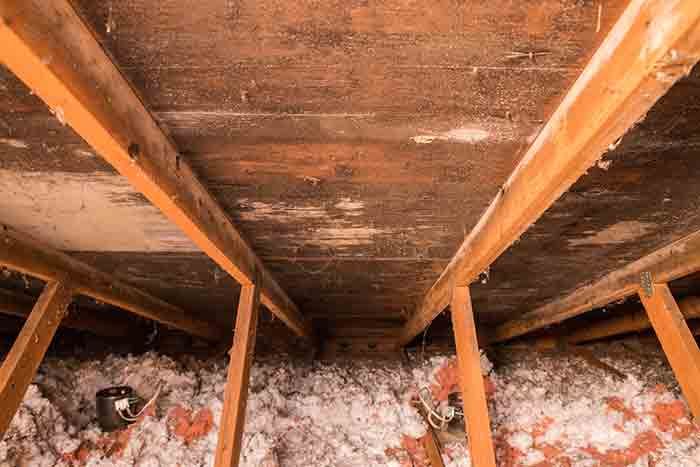
February 6, 2025
Mold is more than just an aesthetic nuisance—it can compromise indoor air quality and even pose health risks if left unchecked. Whether you live in a damp climate or simply want to protect your investment, understanding mold prevention is essential. In this blog, we’ll explore the importance of proper ventilation, delve into industry ventilation standards, and spotlight how QuietCool Whole House Fans can play a pivotal role in keeping your home mold-free.
Content, including images, displayed on this website is protected by copyright laws. Downloading, republication, retransmission or reproduction of content on this website is strictly prohibited. Terms of Use
| Privacy Policy


